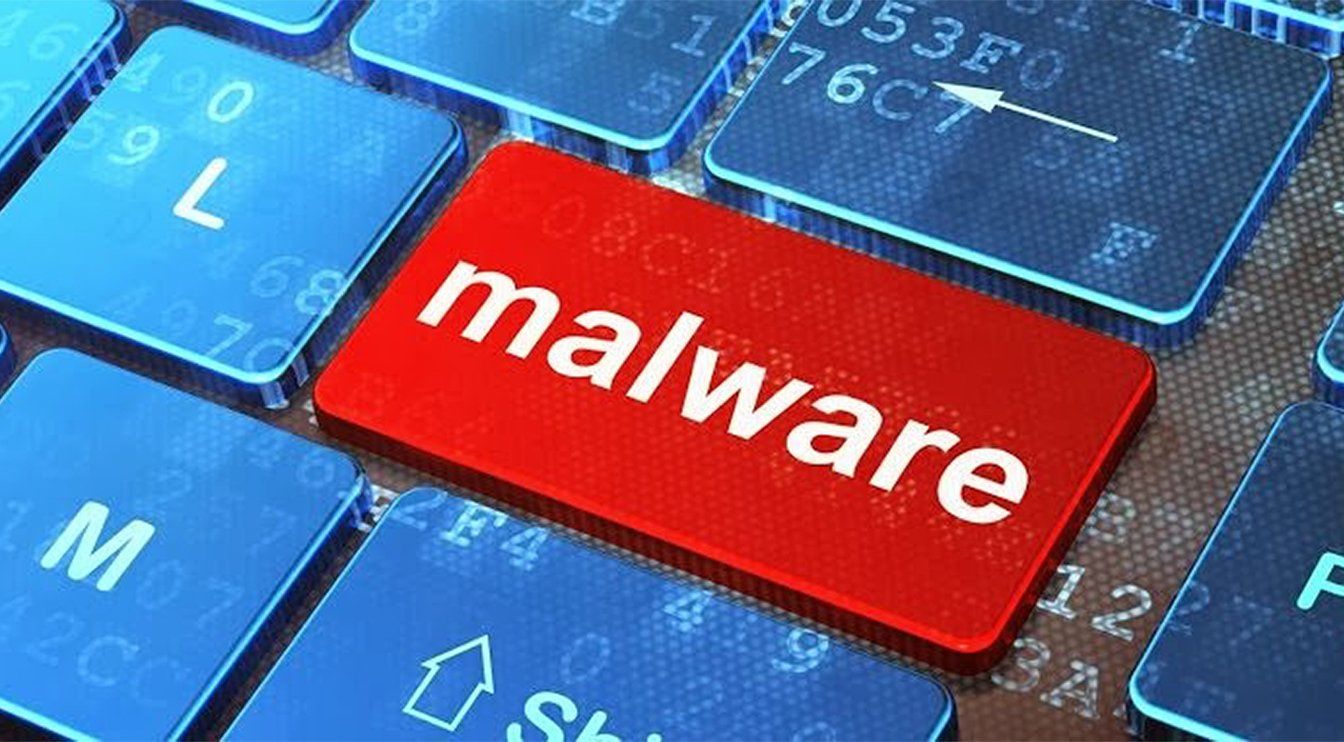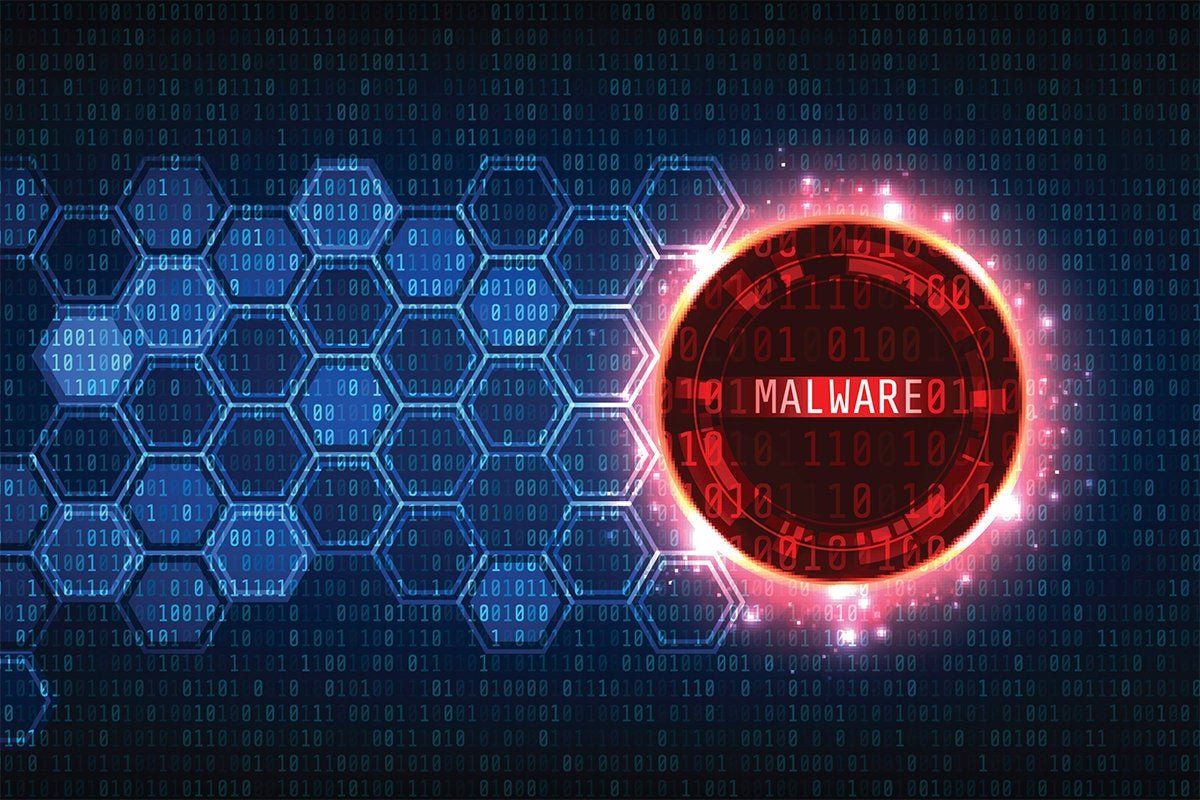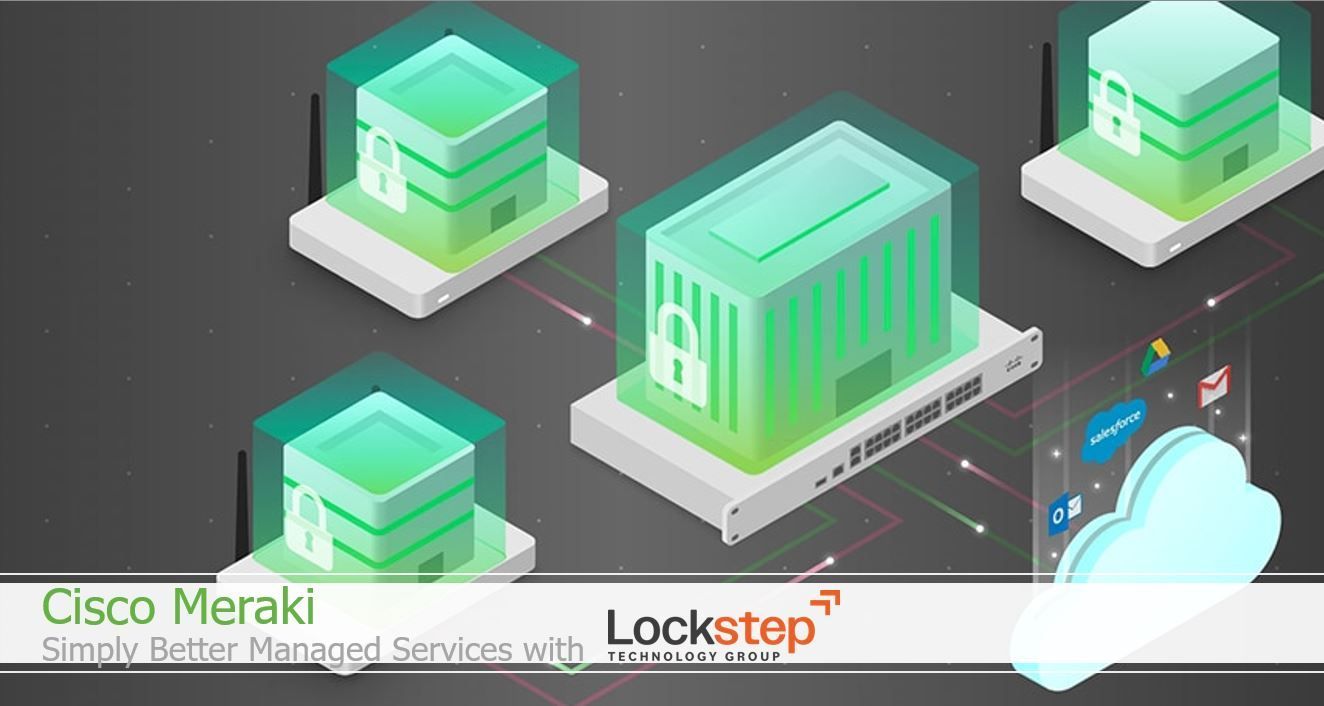Alert (AA20-352A) Advanced Persistent Threat Compromise of Government Agencies, Critical Infrastructure, and Private Sector Organizations
Alert (AA20-352A) - Advanced Persistent Threat Compromise of Government Agencies, Critical Infrastructure, and Private Sector Organizations
Summary
The Cybersecurity and Infrastructure Security Agency (CISA) is aware of compromises of U.S. government agencies, critical infrastructure entities, and private sector organizations by an advanced persistent threat (APT) actor beginning in at least March 2020. This APT actor has demonstrated patience, operational security, and complex tradecraft in these intrusions. CISA expects that removing this threat actor from compromised environments will be highly complex and challenging for organizations.
(Updated January 6, 2021): One of the initial access vectors for this activity is a supply chain compromise of a Dynamic Link Library (DLL) in the following SolarWinds Orion products (see Appendix A). Note: prior versions of this Alert included a single bullet that listed two platform versions for the same DLL. For clarity, the Alert now lists these platform versions that share the same DLL version number separately, as both are considered affected versions.
- Orion Platform 2019.4 HF5, version 2019.4.5200.9083
- Orion Platform 2020.2 RC1, version 2020.2.100.12219
- Orion Platform 2020.2 RC2, version 2020.2.5200.12394
- Orion Platform 2020.2, version 2020.2.5300.12432
- Orion Platform 2020.2 HF1, version 2020.2.5300.12432
Note (updated January 6, 2021): CISA has evidence that there are initial access vectors other than the SolarWinds Orion platform and has identified legitimate account abuse as one of these vectors (for details refer to Initial Access Vectors section). Specifically, we are investigating incidents in which activity indicating abuse of Security Assertion Markup Language (SAML) tokens consistent with this adversary’s behavior is present, yet where impacted SolarWinds instances have not been identified. CISA is continuing to work to confirm initial access vectors and identify any changes to the tactics, techniques, and procedures (TTPs). CISA will update this Alert as new information becomes available. Refer to CISA.gov/supply-chain-compromise for additional resources.
(Updated January 6, 2021): On December 13, 2020, CISA released Emergency Directive 21-01: Mitigate SolarWinds Orion Code Compromise, ordering federal civilian executive branch departments and agencies to disconnect affected devices. CISA has subsequently issued supplemental guidance to Emergency Directive (ED) 21-01, most recently on January 6, 2021. Note: this Activity Alert does not supersede the requirements of ED 21-01 or any supplemental guidance and does not represent formal guidance to federal agencies under ED 21-01.
CISA has determined that this threat poses a grave risk to the Federal Government and state, local, tribal, and territorial governments as well as critical infrastructure entities and other private sector organizations. CISA advises stakeholders to read this Alert and review the enclosed indicators (see Appendix B).
Key Takeaways (updated December 18, 2020)
- This is a patient, well-resourced, and focused adversary that has sustained long duration activity on victim networks.
- CISA is investigating other initial access vectors in addition to the SolarWinds Orion supply chain compromise.
- Not all organizations that have the backdoor delivered through SolarWinds Orion have been targeted by the adversary with follow-on actions.
- Organizations with suspected compromises need to be highly conscious of operational security, including when engaging in incident response activities and planning and implementing remediation plans.











